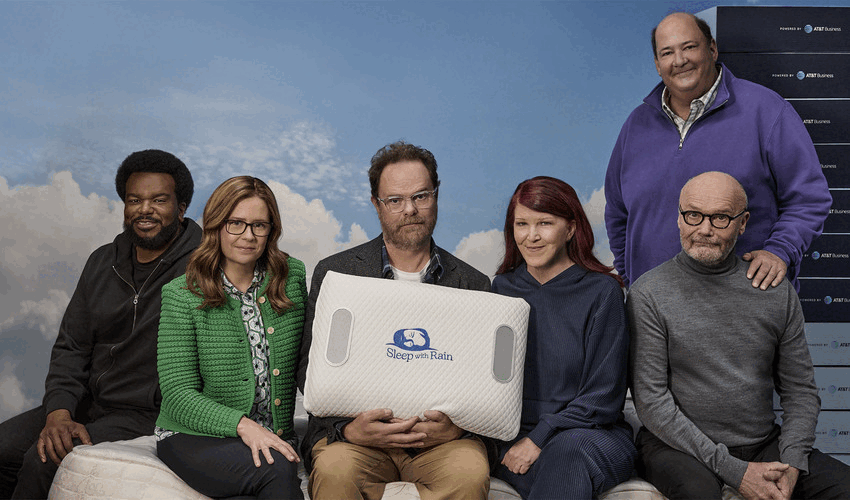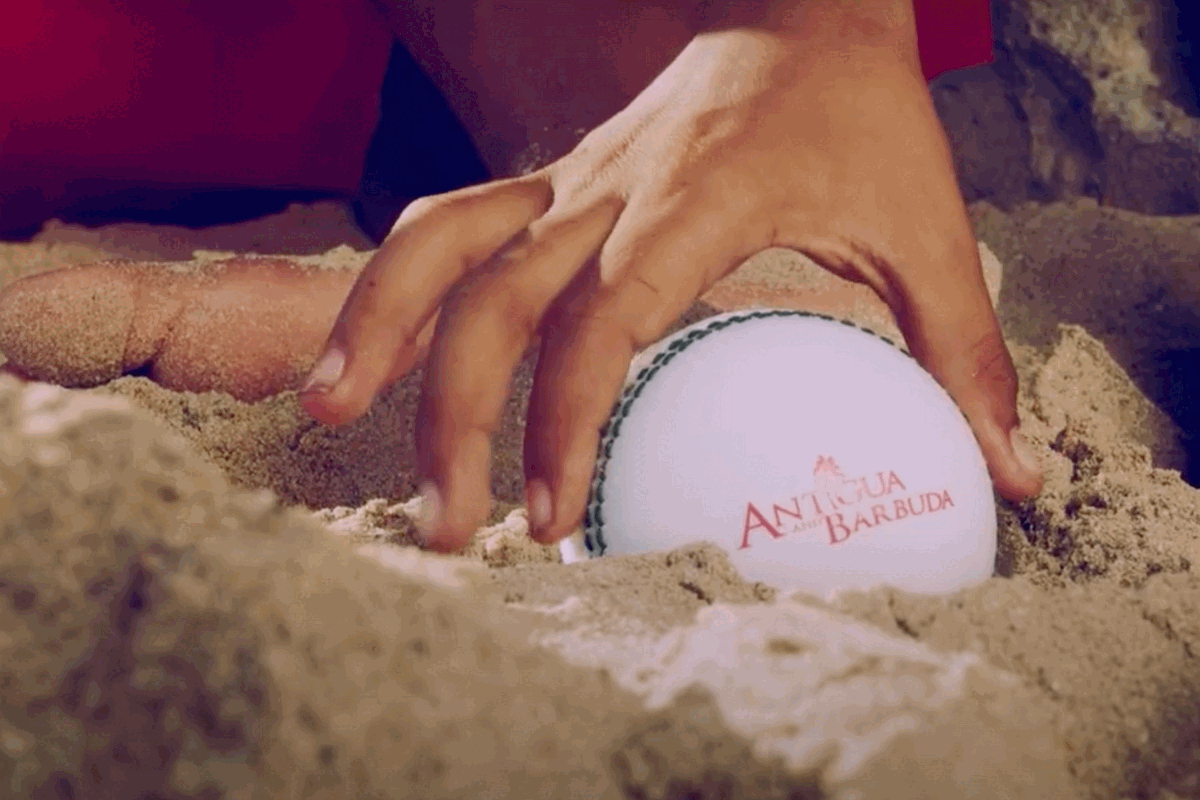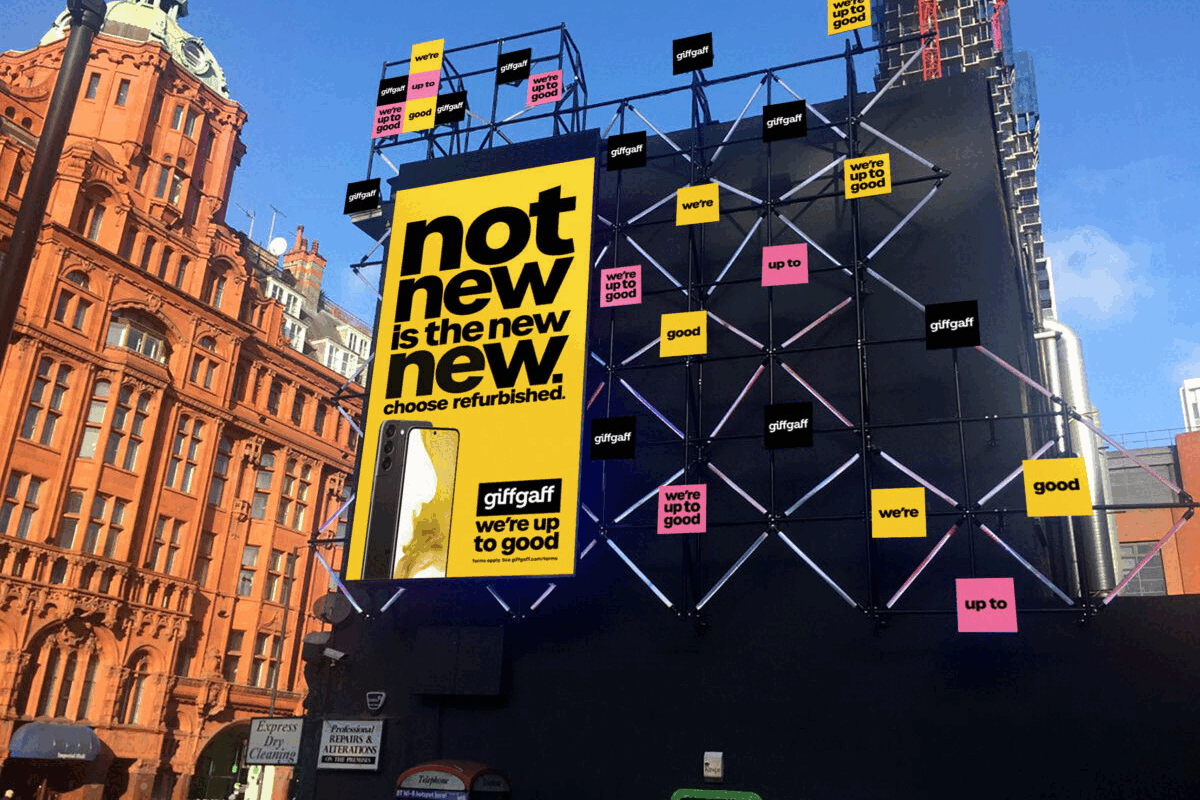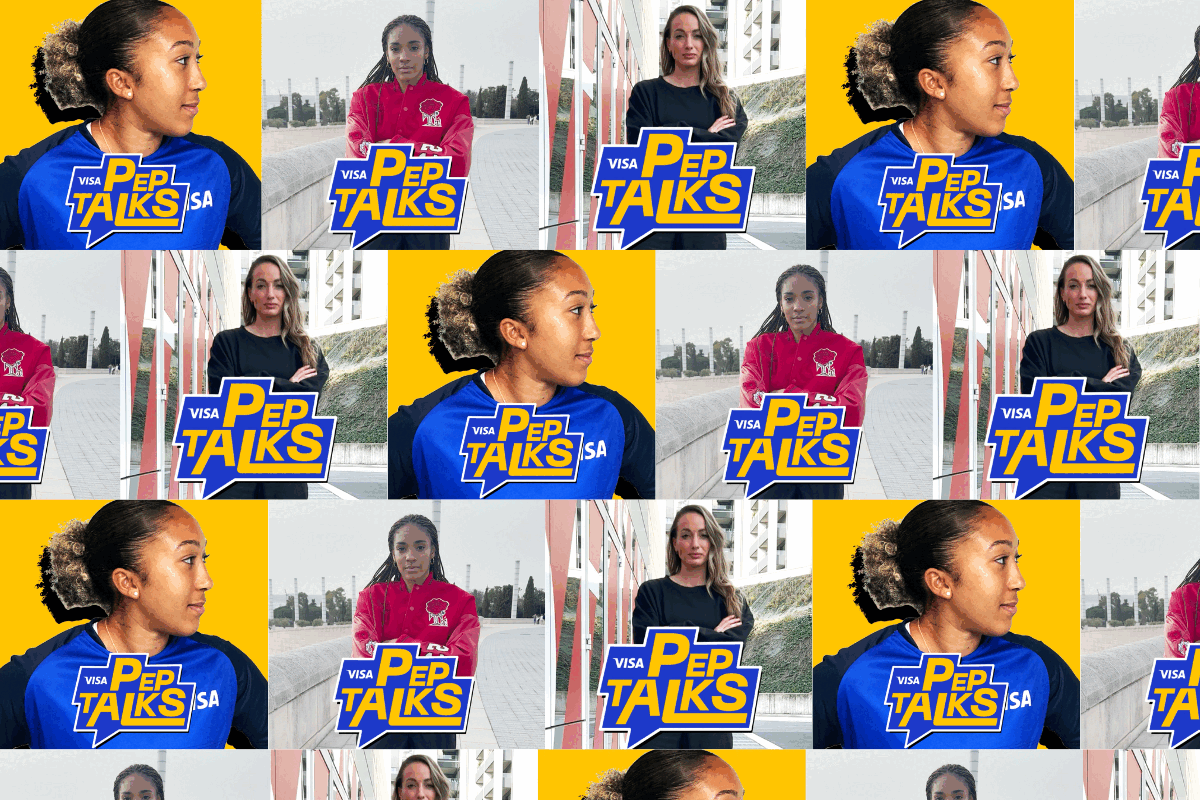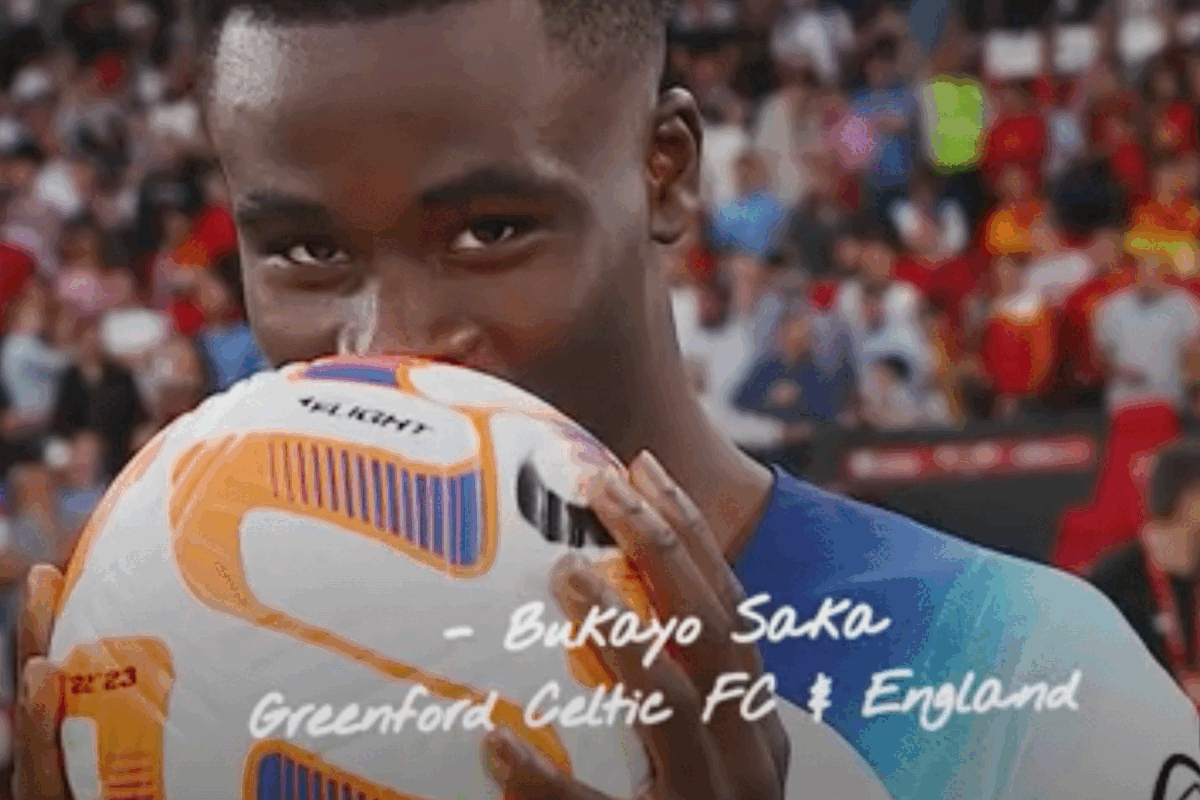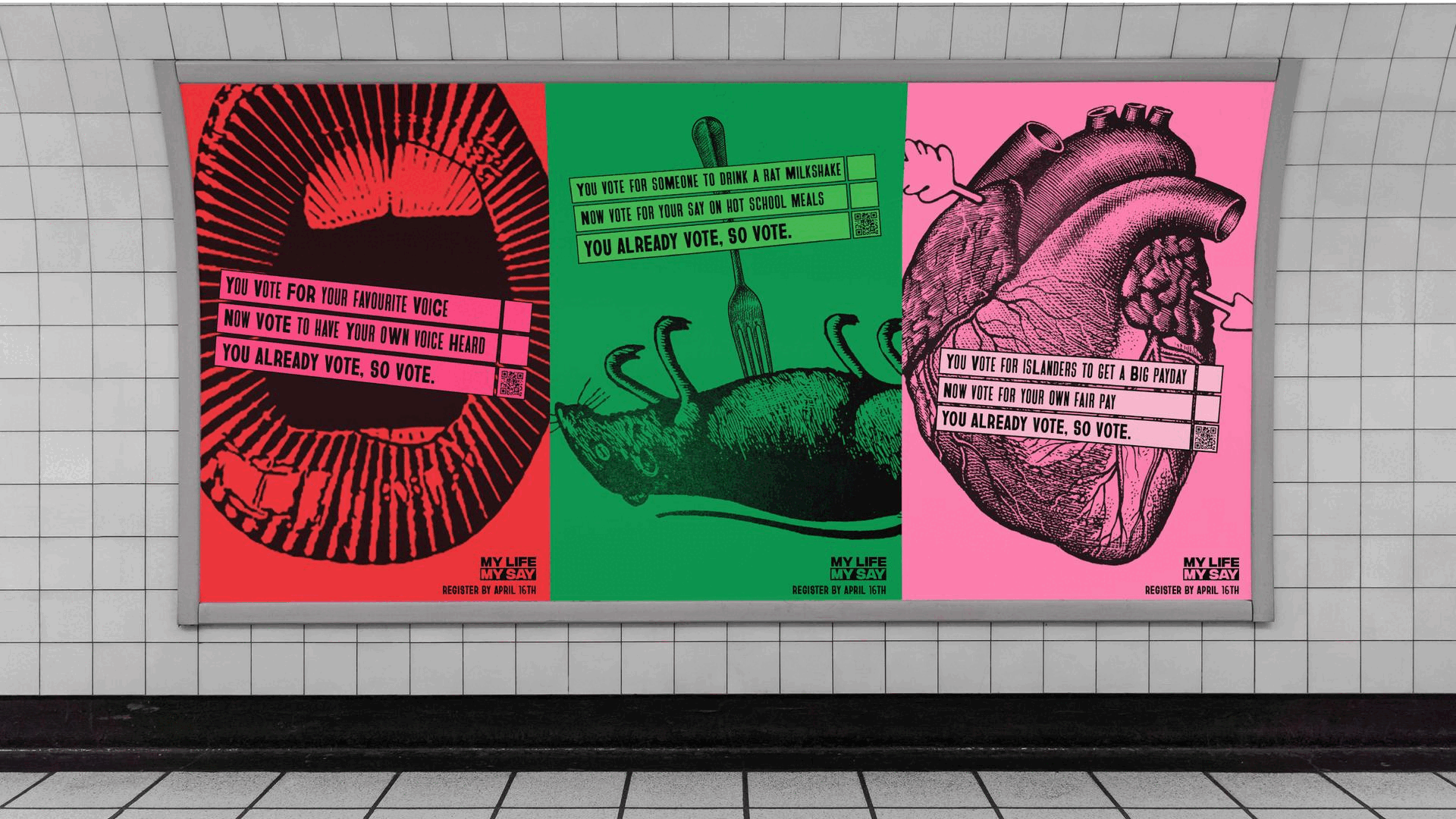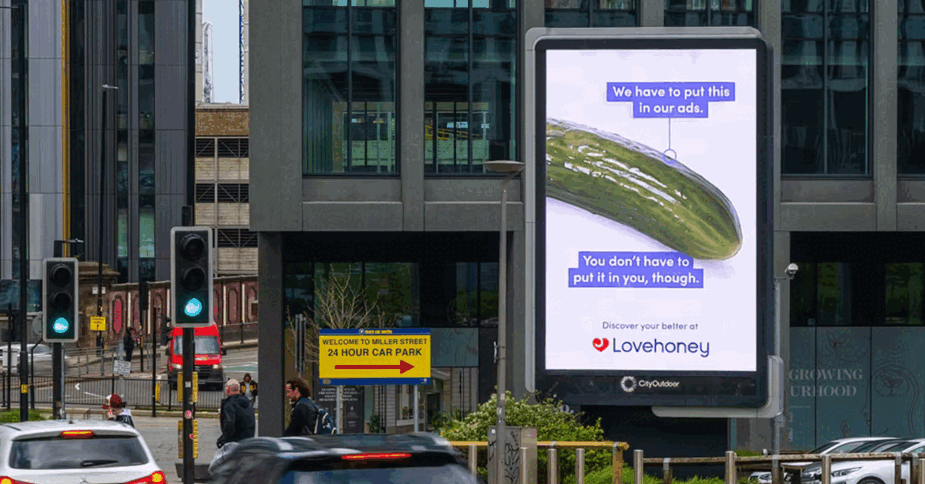Yahoo Predicts Native to Dominate European Display by 2020
- Wednesday, February 24th, 2016
- Share this article:

Native ads will account for 52 per cent of all European digital display ad spending by 2020, growing by 156 per cent over the next five years to €13.2bn (£10.3bn), from €5.2bn today. Mobile native spend will increase even faster, growing almost six-fold from €1.5bn to €8.8bn.
These figures come from a new report by Yahoo and Enders Analysis, which forecasts that growth in native will account for around three quarters of all growth in internet display ads. In the UK specifically, native advertising is forecast to grow from £1.2bn in 2015 to £2.8bn in 2020.
The report, which examined native ad formats and platforms including mobile, social, video, PC display and widgets in 19 European countries, points to shifting user behaviour and the increasing use of mobile for content discovery and consumption as the cause of this explosive growth.
“Native advertising looks like a rare win-win for the industry: more effective for advertisers, more valuable for publishers and more acceptable for users,” said Joseph Evans, digital media analyst at Enders Analysis. “It’s suitability for mobile, social and video contexts means that growth in native will contribute the large bulk of increased digital display spend.”
Native advertising has formed a central element of Yahoos efforts to remake itself for the mobile age, standing alongside mobile, video and social in its mavens strategy. As the company increasingly moves away from its legacy business, which has struggled to generate profits, to its new focus on platforms like Tumblr and its content strongholds like Sports and Finance, native will prove to be a core offering to advertisers.
“We just declared our 2015 results, we did £1.6bn in our mavens business, with very heavy, double digit growth,” said Nick Hugh, vice president of EMEA for Yahoo. “Three years ago this business was almost non-existent for us, so its undoubtedly our biggest area of success that weve seen in the past few years. And native itself is the strongest component of that.
“Weve always said mobile-first and user-first. When youre on a mobile, on a smaller screen, the advertising has to be complementary and additive to the experience, and if it isnt then the users depart. Thats why a couple years ago, we moved all standard display formats from mobile, and weve focused singly on native. Its in the stream of content, its immersive and it doesnt distract from the experience.”
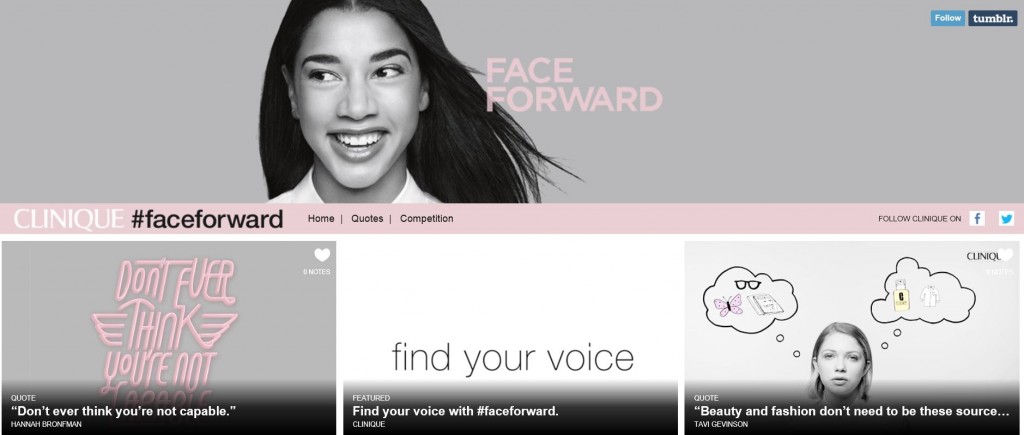
One example of Yahoos push towards native and mobile was its Tumblr campaign for Clinique, where Yahoos in-house content marketing team created a series of videos featuring six young women who had achieved success in a number of different fields including fashion, literature and charity. The campaign focused on creating body confidence, and also featured user-contributed sections where proved incredibly popular, with the top-performing piece of content seen 6.2m times, and shared 27,000 times.
The campaigns Tumblr received over 36m impressions and 600,000 engagements, and after the campaign Cliniques brand achieved a 72 per cent positive impression, with 59 per cent of the audience saying they were likely to make a purchase after seeing the campaign.
“Tumblr, from a consumer perspective, is an incredible community for people to be able to interact and engage with content,” said Hugh. “Advertisers are beginning to see that more and more. Its a great canvas for brands to interact with that creative community and to then be able to distribute that message across other platforms.
“We are so pleased to work with Yahoo for our #FaceForward campaign,” said Natalie Clarke, marketing director of Clinique. “The inspiration for the campaign came from a generation of young, bold, confident women who embody Cliniques vision and beliefs. We feel that Yahoo and Tumblr allow us the ideal platform to reach these young women with bespoke content.”




